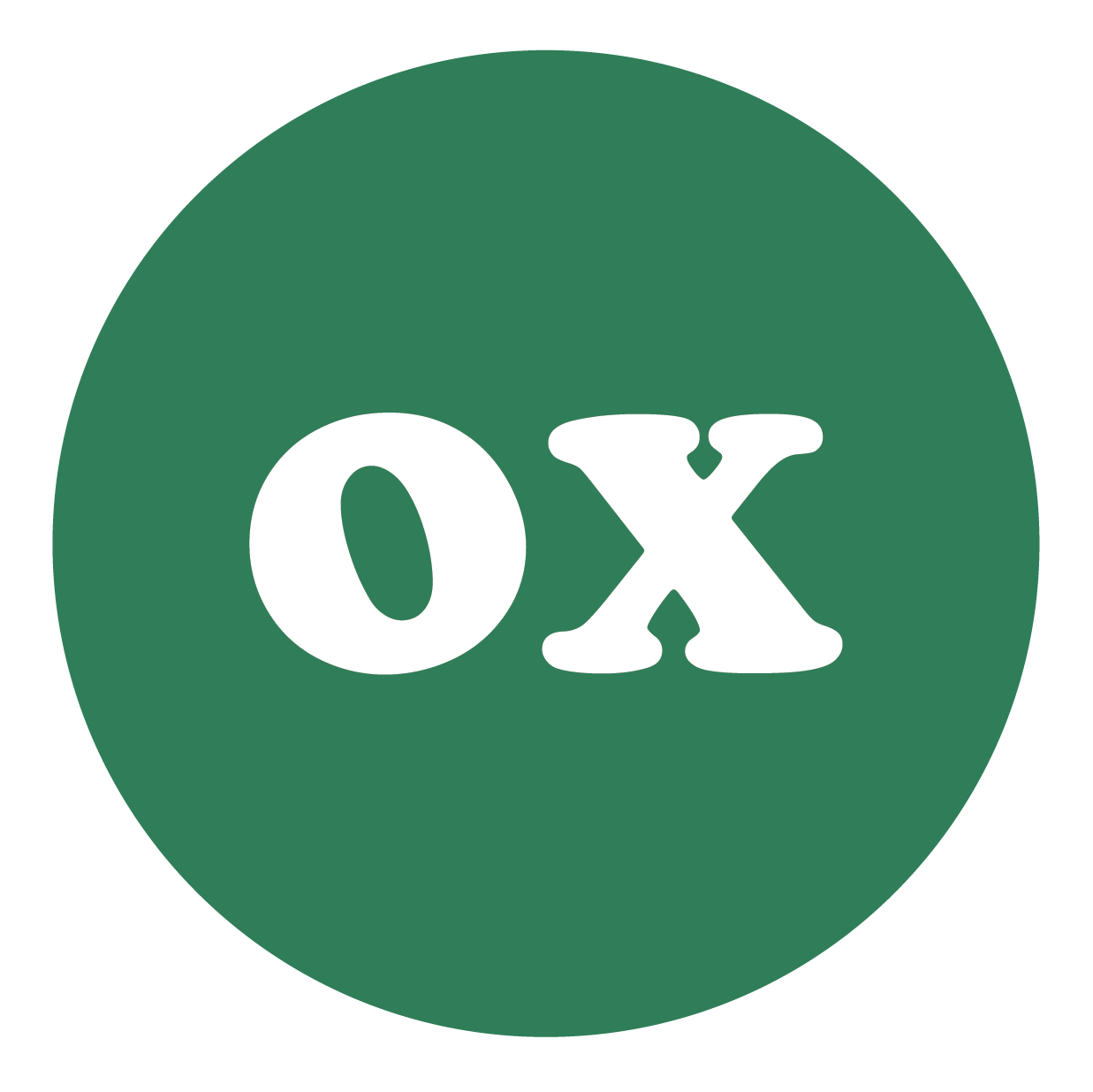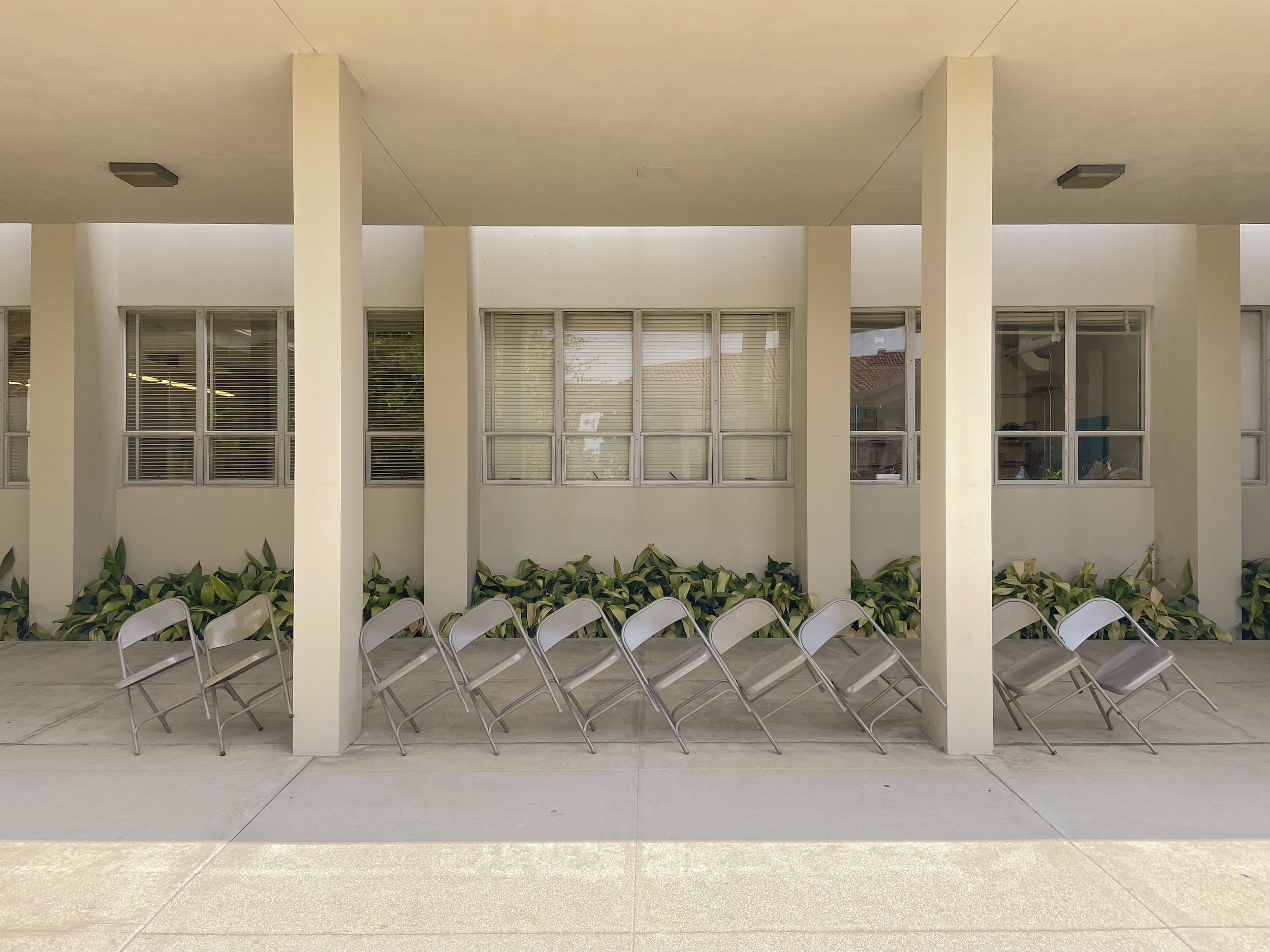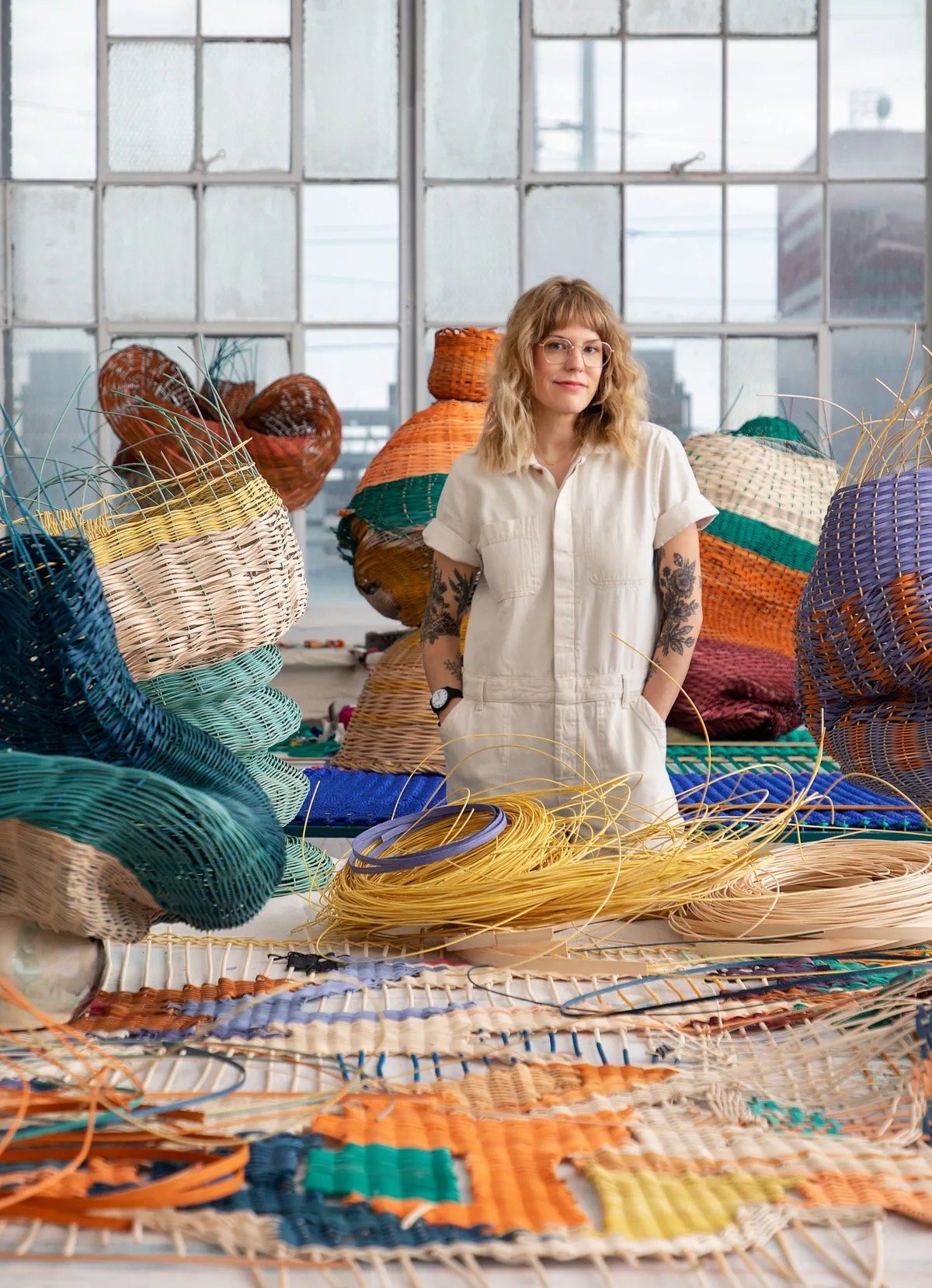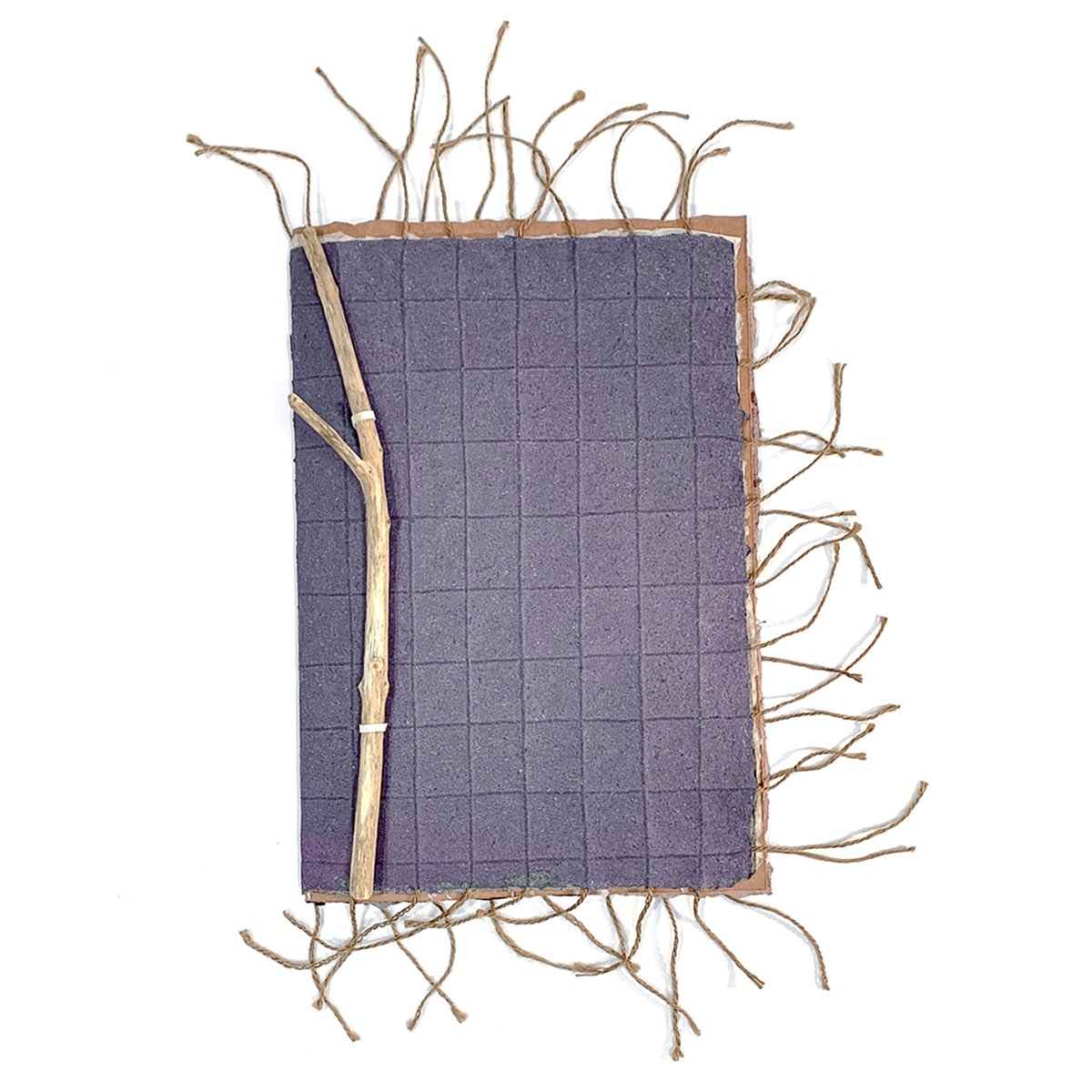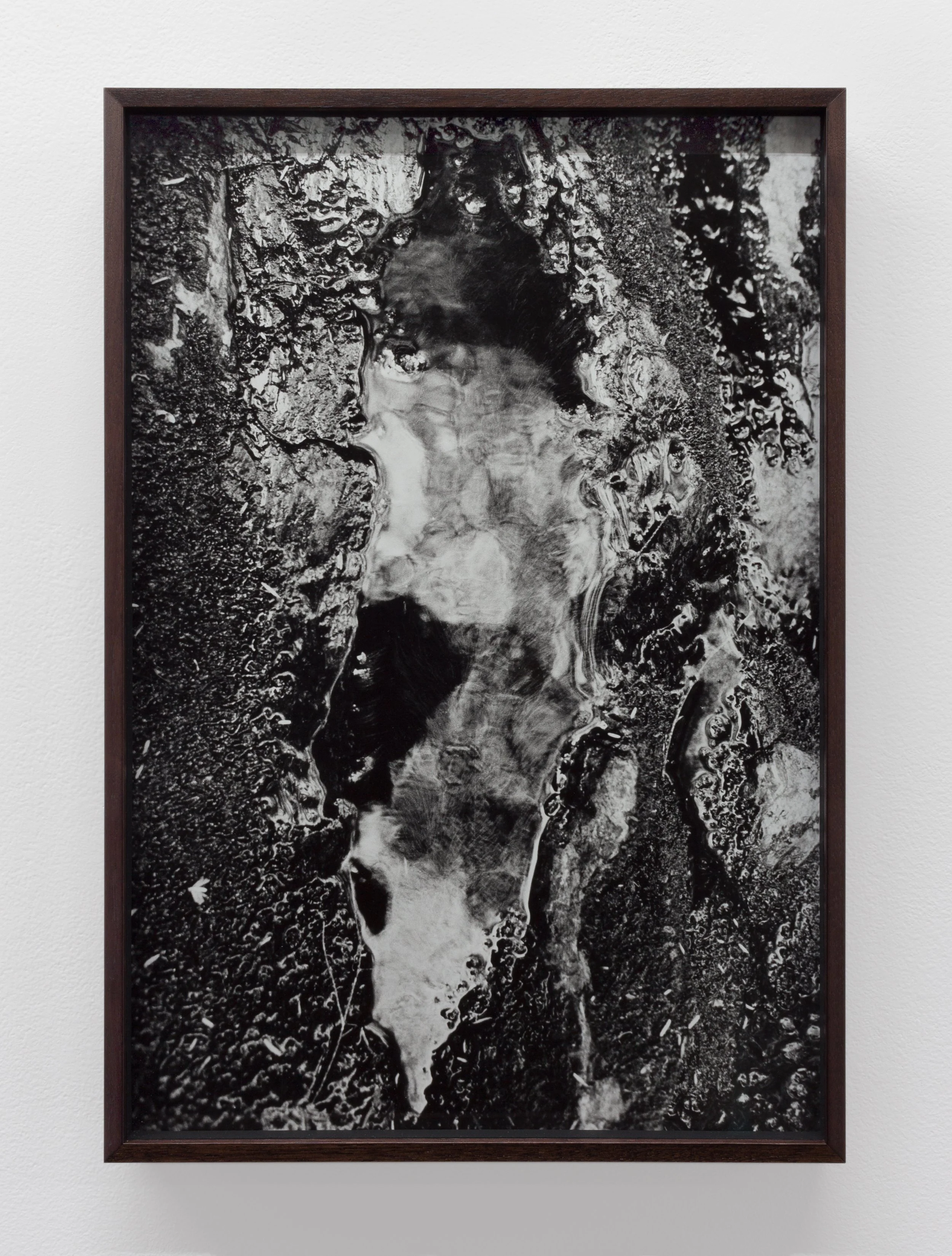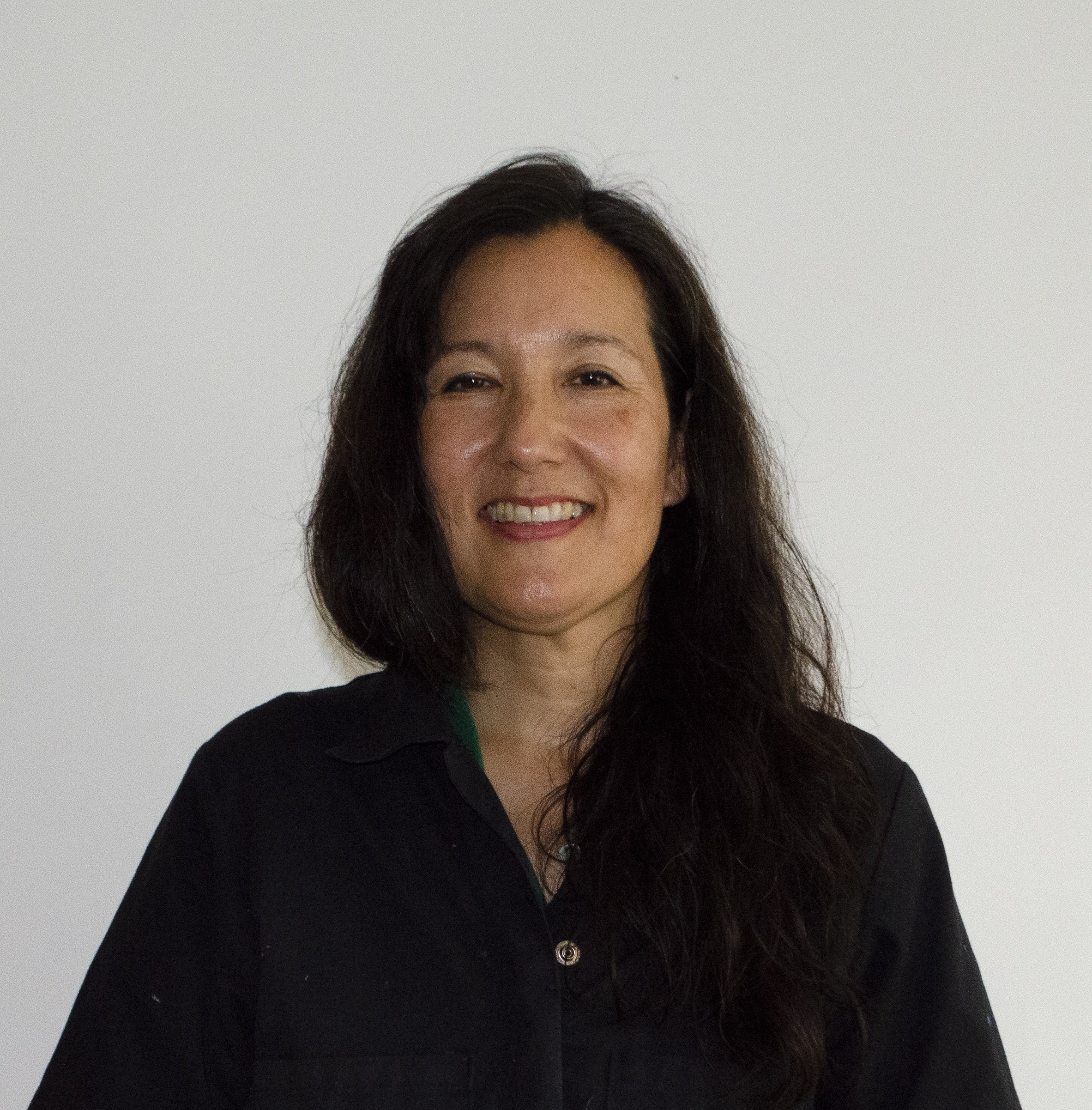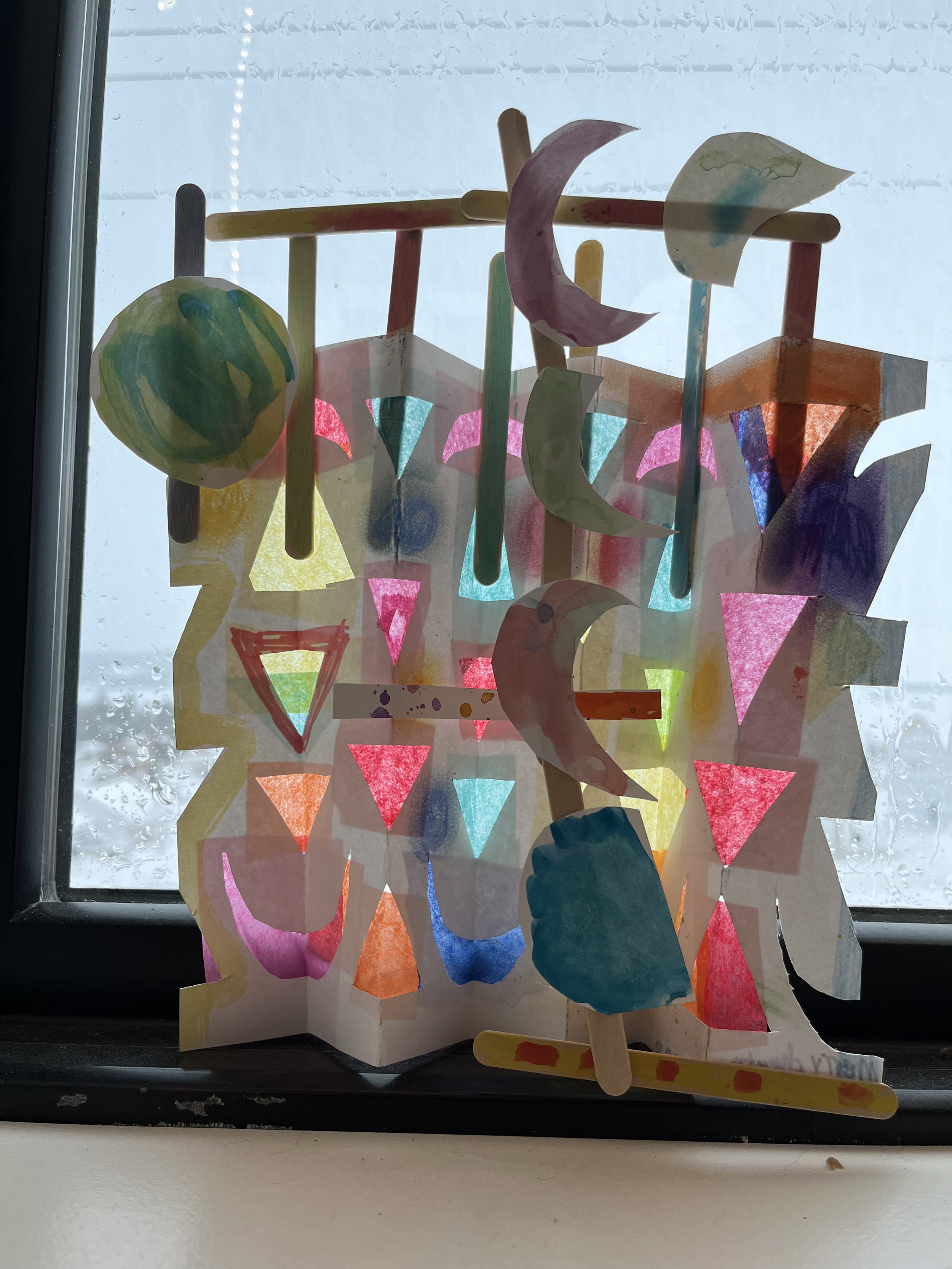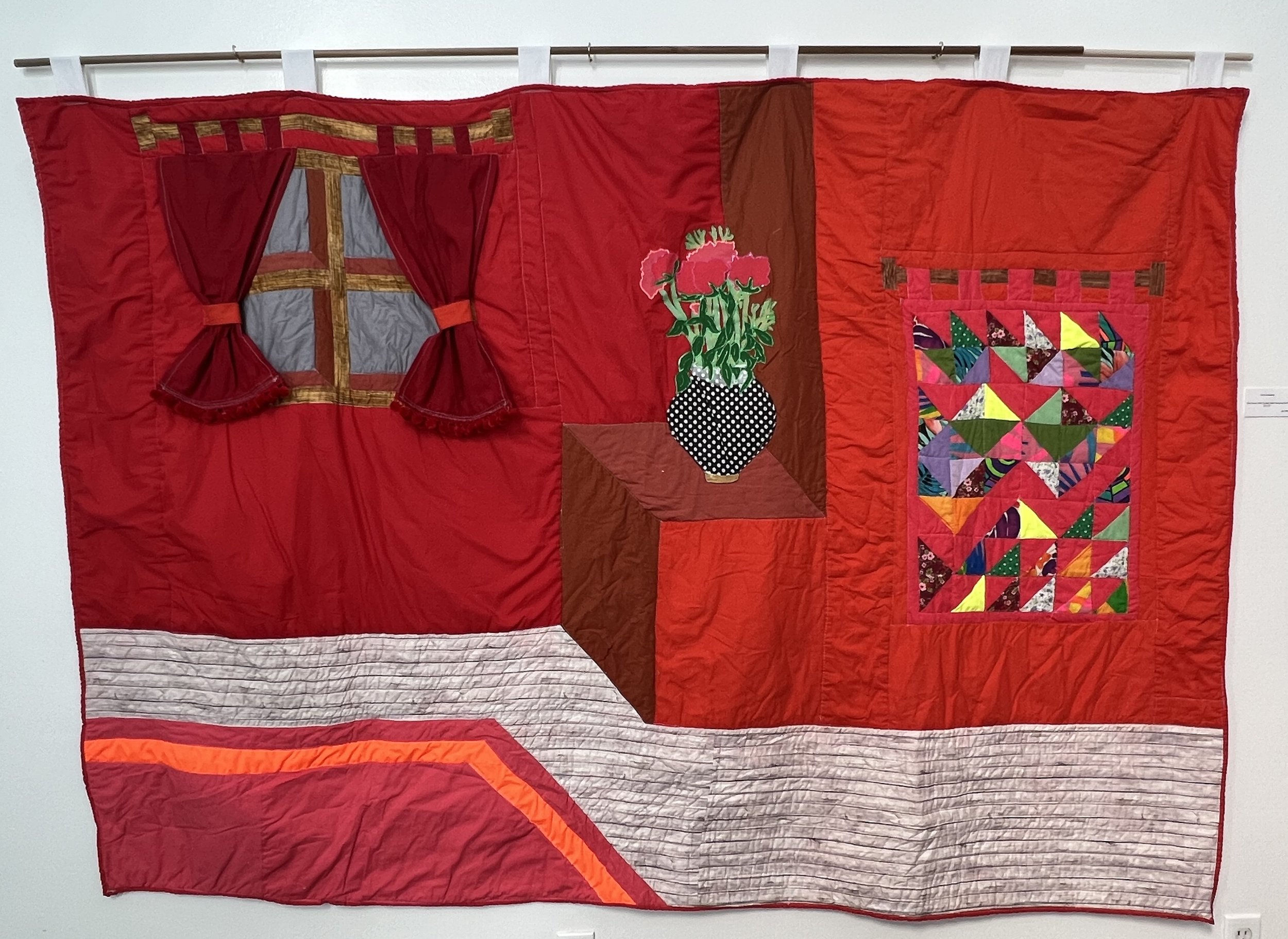Patterned & Printed Textiles
Patterned & Printed Textiles
with Elnaz Javani
PRINT 628 001 | 3 credits | $175 Lab Fee
June 1–14, 2025
In this course, we examine a range of traditional and contemporary approaches to surface designing and mark making on fabric, using materials both pure and crude, to generate images. Drawing will be used as a device to access ideas, as a weapon against stunted creativity and will encourage accidental discovery. We will focus on the physical relationship between drawing and printing and will use silkscreen to translate images quickly onto cloth. Direct printing techniques, such as mono printing, will be employed to transfer drawings onto unique surfaces, as well as photo‐silkscreen, hand painting, and fabric reactive dyes. In this class fabric will become an extension of the paper; thick, thin, ridged, brittle, opaque and transparent. Instruction will be supplemented by relevant lectures on fiber and print artists and readings such as Prints Now Directions And Definitions, by Gill Saunders and Rosie Miles, Amanda Williams’ Color Theory, Hive Mind Out of Control by Kevin Kelly, The Tiling Patterns of Sebastien Truchet and The Topology of Structural Hierarchy by Cyril Stanley Smith and Pauline Boucher, Handbook of Regular Patterns: An Introduction to Symmetry in Two Dimensions by Peter Stevens, and Randomness Rules and Compositional Structure in Design by Michael Eckersley. Students will engage in sampling and experimentation, and demonstrate an ongoing commitment to independent studio practice and projects. This class will importantly include in‐depth discussion about students' work, concepts, material and technical choices, and thematic interests. Students are expected to work independently on relevant works of their choosing. This course gives students different approaches on image‐making and process‐based work framed with specific conceptual and historical readings on how artists and craftspeople have used dye, print and drawing to create complex surfaces.
Elnaz Javani (she/they) is an artist and educator who works across textiles, sculpture, and drawing. Her practice delves into personal and cultural memory, reflecting on migration and identity. Javani’s works frequently incorporate traditional textile techniques, exploring how material and process can serve as storytelling. Javani often addresses themes of displacement, the body, and the intersection of personal and collective histories through the lens of craft and fiber art. Javani holds an MFA in Fiber and Material Studies from the School of the Art Institute of Chicago and a BFA from Tehran University of Art. Javani is the recipient of the New Voices 2024 award from Print Center New York, a 2024 CSU Professional Development award, a 2023 Chicago Individual Artists Program grant, and the 2023 Center for Craft Artist Cohort Grant. She was also named one of Chicago’s Breakout Artists of 2022 and has received a Spark Grant from the Chicago Artists Coalition (2021), the Kala Art Institute Fellowship Award, and Residency Grant (2020), the Define American Art Fellowship Grant (2020), and the Hyde Park Art Center Flex Space Residency Award (2019).
